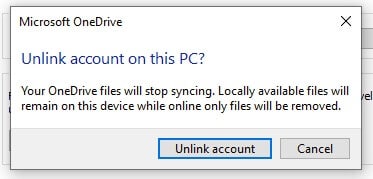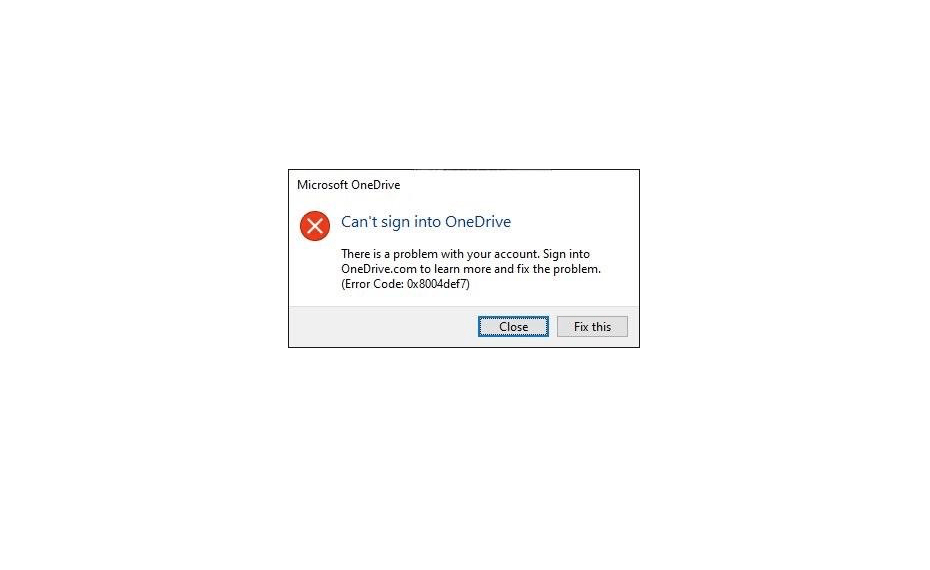


If you're synchronizing 30 or more Active Directory forests, you can't enable Seamless SSO through Azure AD Connect.Our recommendation is to reduce user's group memberships and try again. Azure AD HTTPS requests can have headers with a maximum size of 50 KB Kerberos tickets need to be smaller than that limit to accommodate other Azure AD artifacts (typically, 2 - 5 KB) such as cookies. If a user is part of too many groups in Active Directory, the user's Kerberos ticket will likely be too large to process, and this will cause Seamless SSO to fail.Seamless SSO doesn't work on mobile browsers on iOS and Android.Microsoft Edge (legacy) is no longer supported.Seamless SSO doesn't work in Internet Explorer when Enhanced Protected mode is turned on.Seamless SSO doesn't work in private browsing mode on Firefox.For OneDrive, you will have to activate the OneDrive silent config feature for a silent sign-on experience. Other versions are not supported on those versions, users will enter their usernames, but not passwords, to sign-in. xxxx and above are supported using a non-interactive flow. Microsoft 365 Win32 clients (Outlook, Word, Excel, and others) with versions.Due to this behavior, SharePoint and OneDrive mapping scenarios don't work. If Seamless SSO succeeds, the user does not have the opportunity to select Keep me signed in.If you disable and re-enable Seamless SSO on your tenant, users will not get the single sign-on experience till their cached Kerberos tickets, typically valid for 10 hours, have expired.In a few cases, enabling Seamless SSO can take up to 30 minutes.This article helps you find troubleshooting information about common problems regarding Azure Active Directory (Azure AD) Seamless Single Sign-On (Seamless SSO).


 0 kommentar(er)
0 kommentar(er)
